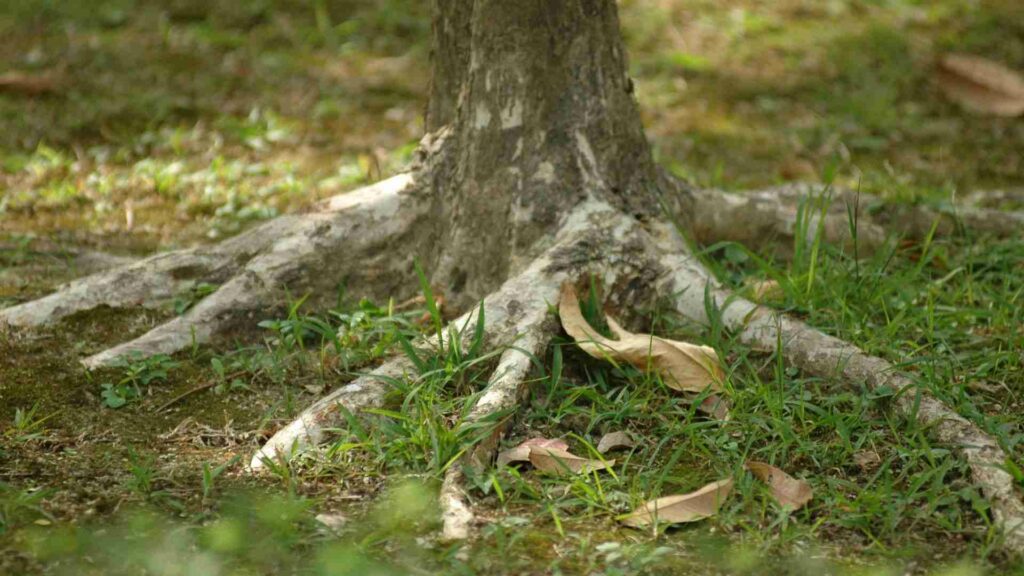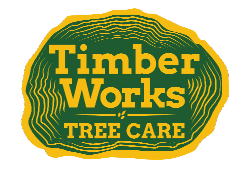Trees manifest definitive signs when they start to decay and after they die. Based on the tree species that live on your property, these symptoms may include dieback, oozing sap, or even mushroom growth near roots. Nevertheless, a tree care and removal company can help you identify infected trees, provide safe and proper care, and determine how to remove dying trees.
Timber Works Tree Care offers comprehensive tree care services for residents of the Strasburg, VA, area. We seek to raise the bar of tree industry professionalism, safety, and work quality. Our commercial tree removal process is led by an expert foreman and a certified arborist, guaranteeing that the job gets done right the first time. Additionally, we cover all our employees with Workers’ Comp and liability insurance. Contact us at (540) 692-9606 or visit our website for a free consultation and estimate today.
Below, we discuss common indicators that your tree is dying:
Dieback
To determine whether your tree is dying, we recommend seeking a top-to-bottom assessment by an arborist. Once present, this professional will begin their inspection with the crown—the top of the tree.
They will look for dieback, in which leafless branches project from the leaf canopy and crown. This condition can indicate that the tree is dying one branch at a time. The arborist will also check for patches on the tree that lack branches, a definite sign a root issue exists. Such issues include:
- Root compaction
- Fungus
- Poor soil conditions
Despite these ominous signs, a local tree service company can save your trees. Contact them for their expertise.
Oozing Sap or Sawdust
If you notice holes in your tree that resemble knife wounds and ooze sap, you might have a borer insect problem. Emerald ash borers lay their eggs in ash trees, which starve the tree from the inside out.
Left untreated, almost all ash trees with a borer insect problem will die. If you notice unusual sap or sawdust coming out of your tree, your best bet is to call an arborist immediately.
Mushrooms or Fungus
Fungus, which can appear as mushrooms, might start to form on the tree’s base or trunk. Likewise, cankers are depressed or discolored regions of bark that result from fungal and bacterial infections. The fungus can range in color from tan to orange and even red.
Saprophytes are plants and fungi that live on decaying trees, feeding on that decay. The appearance of this fungus on a branch often indicates the tree is decaying internally. Trained arborists can easily detect these fungi, so call a professional if you notice anything unusual on your tree’s base.
Heaving Roots

Most tree roots should not be visible. If you can see the roots of your tree, you may have a situation in which the tree lacks space to grow. Call your local arborist, who can determine whether the tree is stable or needs removal and replanting.
Tree Scratch Test
The tree scratch test can determine whether or not your tree is decaying. This test requires you to scratch a small spot into the bark of the afflicted tree’s trunk with either your thumbnail or a knife about halfway up the tree. Look for wet, green tissue beneath the bark layer. If it does not match this description, your tree is decaying.
Save or Remove Your Dying Trees with Timber Works in Strasburg, VA!
Call a top-quality tree removal company at the first sign of decay or disease in your trees. They have the necessary resources, expertise, and tools to bring your infected trees back to health or remove dying trees to prevent further damage. Timber Works Tree Care has over 13 years of experience with residents in the Strasburg, VA, area. We can quickly recognize decaying trees and safely clear them from your landscape. Contact us at (540) 692-9606 or visit our website for a free consultation and estimate today.







